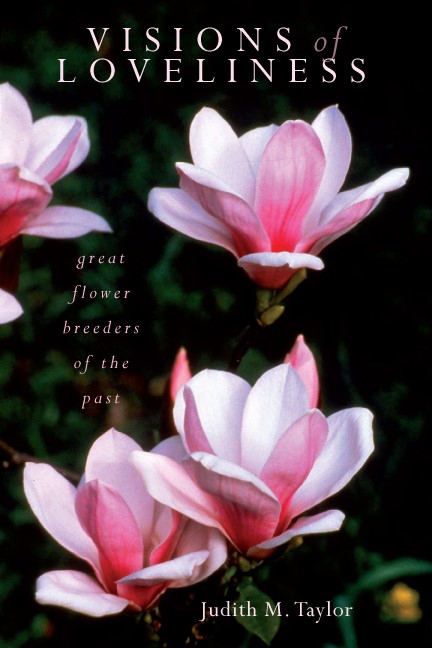We take it all for granted. You need flowers as a hostess gift or to take to a sick friend so you go into any supermarket or florists and select from a myriad of blooms. Gladioli in eight colors, four kinds of carnation, so what. Hasn’t it always been that way? The answer is a huge resounding “no”.
Each of those exquisite flowers is a triumph of patience and skill, created by people, usually men, who had a vision for what they wanted to see and the capacity to carry it out. Wild flowers have always evolved and humans have selected the best ones from them during history but the widespread availability of hundreds of dazzling varieties only occurred after about 1835.
The critical step was in deliberately crossing the ovary of one flower with the pollen of a different type, hybridization. Up until then only God could create a new flower. In 1720 a London nurseryman, Thomas Fairchild, took pollen from a Sweet William. Dianthus barbatus and place it on the ovary of a carnation, Dianthus caryophyllus. He was amazed when a wholly new kind of carnation appeared and he spent the rest of his life pleading with God to forgive him. This plant was known as “Fairchild’s mule”. Anther hardy botanist, Josef Koelreuter, spent many years in the middle of the eighteenth century crossing various types of Nicotiana at the risk of his immortal soul.
Eventually people realized that nothing dreadful would happen to them and hybridization took off. The greatest hybridizer of them all, Abbe Gregor Mendel, used vegetable peas and not ornamental flowers for his experiments and that is why he does not figure in this particular story. Victor Lemoine, 1811 – 189-, of Nancy, France seized the lead in the early 1840s. Victor set out to create new flowers on a hitherto unseen scale and not seen that often since. Lemoine was famous for the heavenly French lilacs he bred but he also created so many different varieties of flower that I credit him with founding the modern commercial nursery trade. The “big boxes” descend in almost a straight line from his efforts.
In each case he knew in advance what he wanted to achieve and that is why I call my book “Visions of Loveliness”. Victor Lemoine is the greatest man you have never heard of.
“This book, Visions of Loveliness” was listed as one of the ten best gardening books of the year in the London Telegraph in 2015.”






















